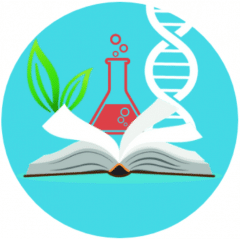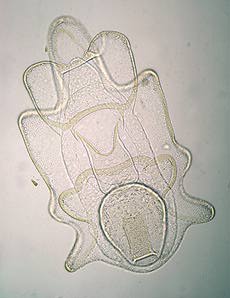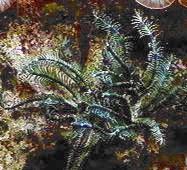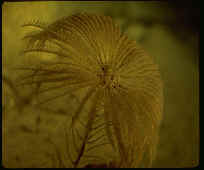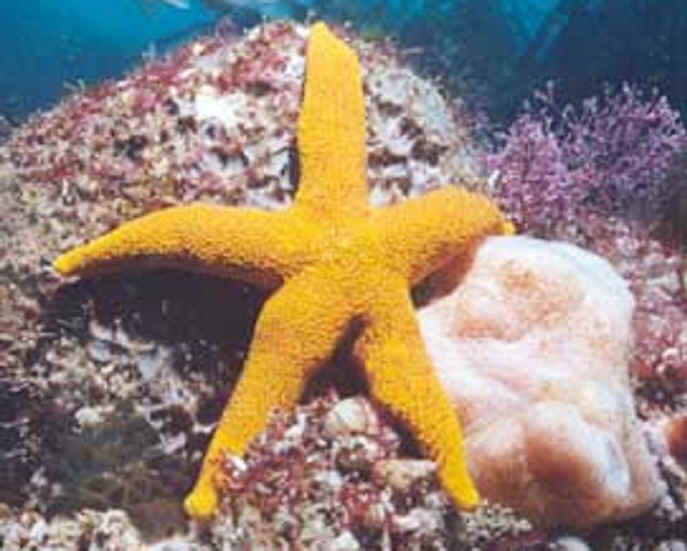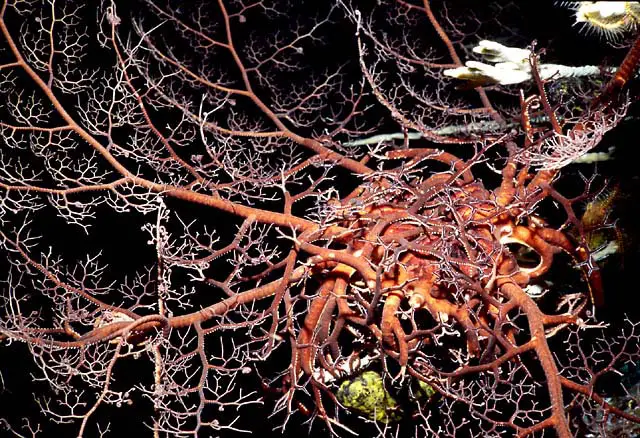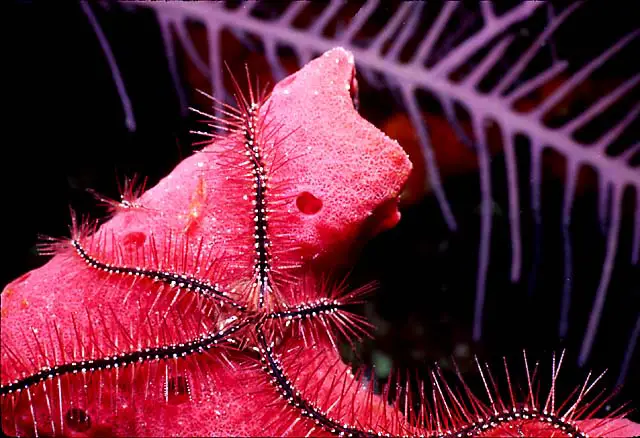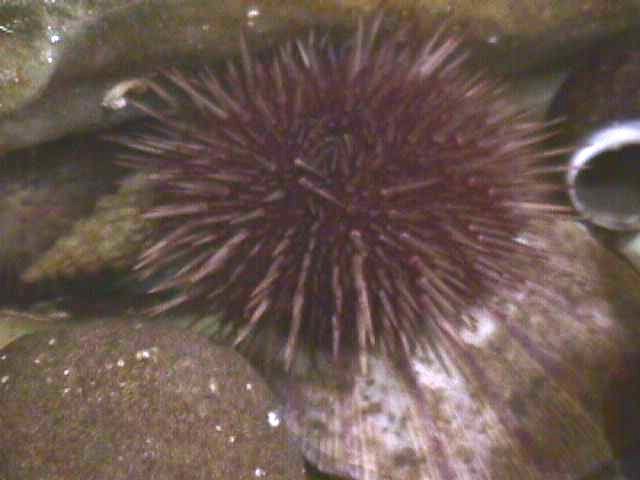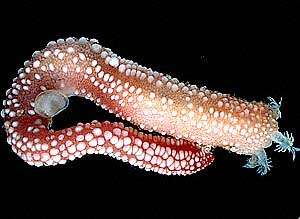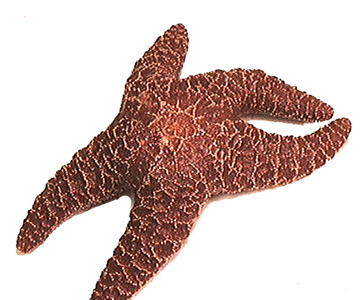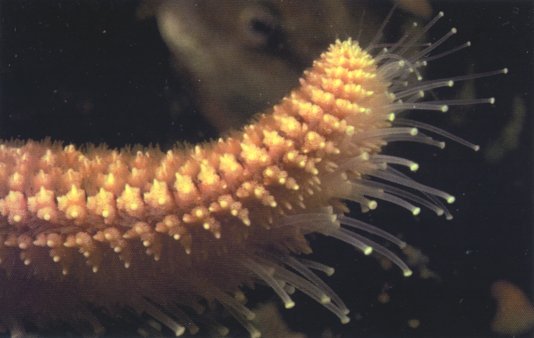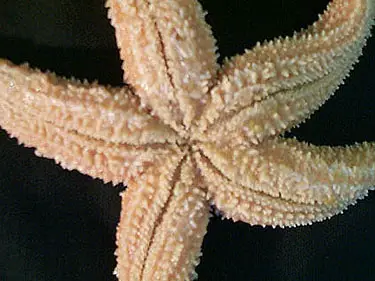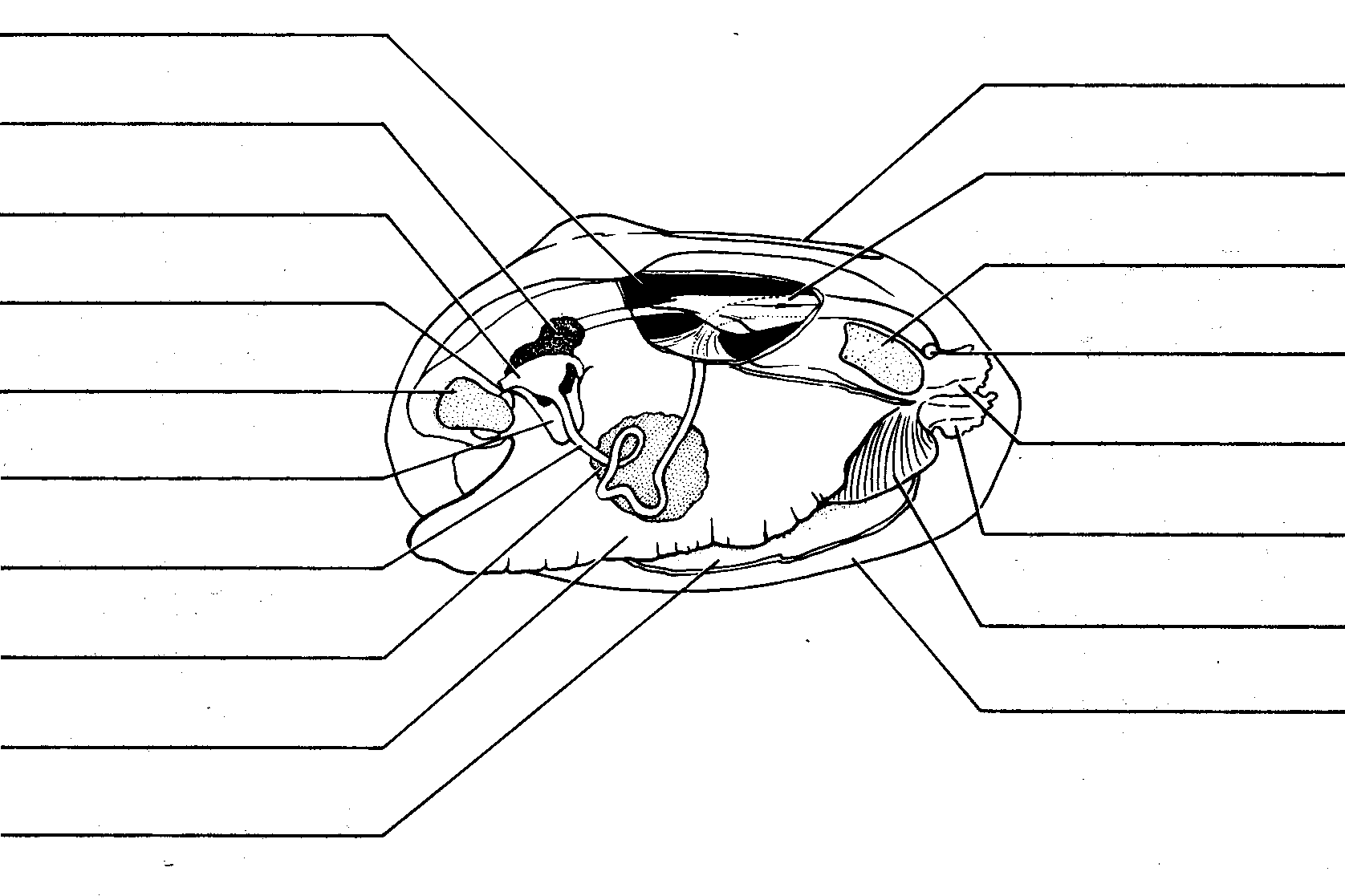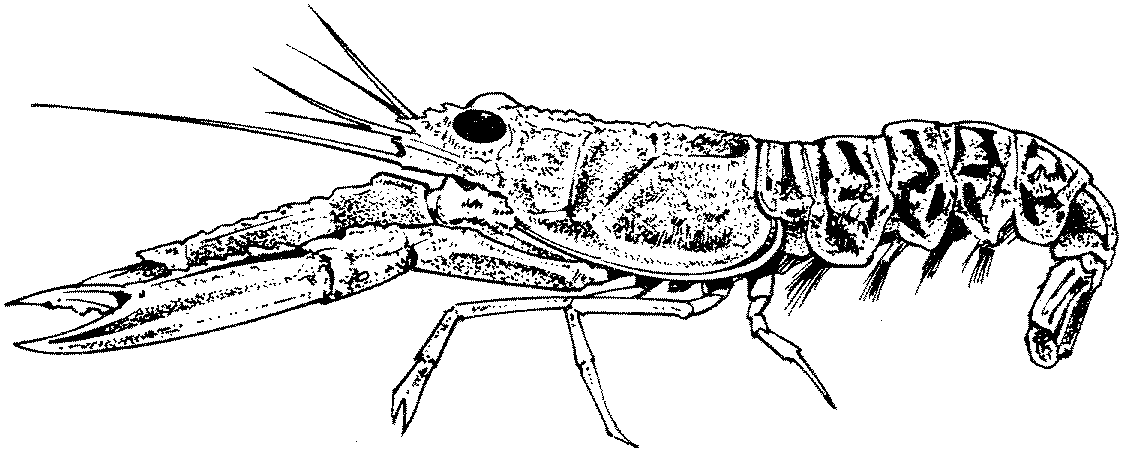
How long do worms live?
How many young are produced per year?
Do earthworms have eyes?
How do earthworms breathe?
Can earthworms smell?
Do worms have eyes?
What do earthworms eat and how much can they eat in one day?
Can earthworms freeze?
What is the “bump” in the middle of the earthworm?
How can you determine if an earthworm is sexually mature?
Can earthworms lose their clitellum?
How do earthworms mate?
How are cocoons produced?
How long does it take worms to hatch?
How many young worms are produced per year?
How long does it take earthworms to mature?
Can different species of worms mate creating a hybrid worm?
How long do earthworms live?
How do earthworms move?
What characteristics are used to identify earthworms?
What enemies do earthworms have?
Can earthworms regenerate themselves?
How can you distinguish the head of an earthworm from the tail?
How do earthworms obtain their food?
How big do earthworms get?
Read Our Q&A About Earthworm Facts
Q. How long do dew worms live?
A. Dew worms can live for approximately six and a half years.
Q. How many young are produced per year?
A. It is estimated that sexually mature dew worms (about one year old) produce about two cocoons per year with 1-2 young each (more research under field and laboratory conditions required).
Q. Do earthworms have eyes?
A. They do not have eyes but they do possess light- and touch-sensitive organs (receptor cells) to distinguish differences in light intensity and to feel vibrations in the ground.
Q. How do earthworms breathe?
A. Earthworms respire through their skin, and therefore require humid conditions to prevent drying out. They coat themselves in mucus to enable the passage of dissolved oxygen into their bloodstream.
Q. Can earthworms smell?
A. Worms have specialized chemoreceptors or sense organs (“taste receptors”) which react to chemical stimuli. These sense organs are located on the anterior part of the worm.
Q. What do earthworms eat and how much can they eat in one day?
A. Earthworms derive their nutrition from many forms of organic matter in soil, things like decaying roots and leaves, and living organisms such as nematodes, protozoans, rotifers, bacteria, fungi. They will also feed on the decomposing remains of other animals. They can consume, in just one day, up to one third of their own body weight.
Q. Can earthworms freeze?
A. Like all invertebrates their body processes or metabolism slow down with falling temperatures. They will hibernate at near freezing temperature. If frozen they will die. They react to advancing colder winter weather by burrowing deep (up to two meters) in the soil to avoid the extreme cold.
Q. What is the “bump” in the middle of the earthworm?
A. The bump is the clitellum, the saddle shaped swollen area 1/3 of the way back containing the gland cells which secrete a slimy material (mucus) to form the cocoon which will hold the worm embryos.
Q. How can you determine if an earthworm is sexually mature?
A. If the worm has a clitellum, it is sexually mature.
Q. Can earthworms lose their clitellum?
A. The answer is yes! During periods of drought, when soils dry up, some species of earthworms do in fact temporarily lose all secondary sexual characters such as the clitellum. When conditions become favorable, it comes back. The clitellum can also disappear at the onset of old age or senescence.
Q. How do earthworms mate?
| A. Earthworms are hermaphroditic meaning each worm has organs of both sexes. The male gonopores are usually within the first 12-15 segments, and the female gonopores are further back, close to the clitellum (the swollen area in adult worms). One worm has to find another worm and they mate juxtaposing opposite gonadal openings exchanging packets of sperm, called spermatophores. Some species also appear to be either parthenogenetic (females producing all females, “virgin birth”) or may be able to self-fertilize. | 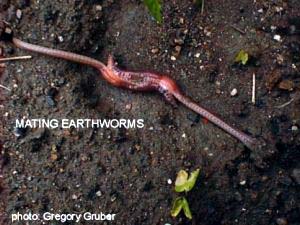 |
Q. How are cocoons produced?
| A. The clitellum produces a mucous sheath and nutritive material, and as the sheath slides forward, it picks up ova from the earthworm’s ovaries then packets of sperm that had been transferred to the worm from another worm during mating. As the sheath slides off the worm’s head, the ends are sealed to form the cocoon. Initially, the cocoon is quite soft but soon after it is deposited in the soil it becomes slightly amber in color, leather-like and very resistant to drying and damage. | 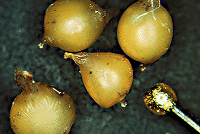 |
| Dendrobaena rubidus cocoons (relative to a pin head). |
The ova within each cocoon are fertilized, and the resulting embryos grow inside the sealed unit, much like a chick developing inside an egg. When the embryos have consumed all the nutritive material, they completely fill the lemon shaped cocoon and are ready to hatch out one end.
Q. How long does it take worms to hatch?
A. Young worms hatch from their cocoons in three weeks to five months as the gestation period varies for different species of worms. Conditions like temperature and soil moisture factor in here…if conditions are not great then hatching is delayed.
Q. How many young worms are produced per year?
A. Earthworms can produce between 3 and 80 cocoons per year depending on the species. The deeper-dwelling species don’t have to produce as many cocoons because they are protected much better from predation than surface dwelling species which tend to produce many more cocoons. The number of fertilized ova or eggs within each cocoon ranges from one to twenty. This depends on the species and also factors such as nutrition of the adults laying them and environmental conditions with soil moisture being most important. Usually, though, only few to several young worms will ever successfully emerge from each cocoon.
Q. How long does it take earthworms to mature?
A. Worms mature in 10 – 55 weeks depending on the species.
Q. Can different species of worms mate creating a hybrid worm?
A. No, this does not usually occur; hybrids can usually only occur between very closely related species and their offspring would likely be infertile.
Q. How long do earthworms live?
A. Earthworm longevity is species dependent. Various specialists report that certain species have the potential to live 4-8 years. In protected culture conditions (no predators, ideal conditions) individuals of Allolobophora longa have been kept up to 10 1/4 years, Eisenia foetida for 4½ years and Lumbricus terrestris for 6 years.
Worms continue to grow once they reach sexual maturity but once at this stage there is a much slower increase in weight until the disappearance of the clitellum indicates the onset of old age or senescence. During this period there is a slow decline in weight until the death of the worm.
Q. How do earthworms move?
A. Earthworms have bristles or setae in groups around or under their body. The bristles, paired in groups on each segment, can be moved in and out to grip the ground or the walls of a burrow. Worms travel through underground tunnels or move about on the soil surface by using their bristles as anchors pushing themselves forward or backward using strong stretching and contracting muscles.
Q. What characteristics are used to identify earthworms?
A. The external body characters used in identifying different species of earthworms are: the segmental position of the clitellum on the body, body length, body shape (cylindrical or flattened), number of body segments, type and position of body bristles or setae, the description of the tongue-like lobe, the prostomium, projecting forward above the mouth, type of peristomium or first body segment, external position and morphology of genital apertures or opening and type of glandular swellings on the clitellum. The shape and the relationship of various internal organs are also used to identify some species of worms.
Q. What enemies do earthworms have?
A. Snakes, birds, moles, toads and even foxes are known to eat earthworms. Beetles, centipedes, leeches, slugs and flatworms also feed on earthworms. Some types of mites parasitize earthworm cocoons and the cluster fly (Pollenia rudis) parasitizes worms of the species Eisenia rosea.
Q. Can earthworms regenerate themselves?
A. Yes, but only the front or head end of the earthworm will survive and the amputated tail portion will die. This remaining front portion must also be long enough to contain the clitellum and at least 10 segments behind the clitellum. This makes up about half the length of the worm. The new posterior segments grown will be slightly smaller in diameter than the original segments and sometimes a bit lighter in color.
Q. How can you distinguish the head of an earthworm from the tail?
A. The head of the worm is always located on the end of the worm closest to the clitellum and has some differentiated structures if you can view with magnification. Even though worms can move both frontward and backward they tend to travel forward more. Place a worm on a rough piece of paper and observe which direction it travels. They usually extend their “head” first when crawling.
Q. How do earthworms obtain their food?
A. Earthworms possess very strong mouth muscles – they do not have teeth. Dew worms or nightcrawlers often surface at night to pull fallen leaves down into their burrow. When the leaf decomposes or softens a little they pull small bits off at a time to munch on. They also “swallow” soil as they burrow and extract nutrients from it.
Q. How big do earthworms get?
A. Size depends on the species of worm, it’s age, diet and environmental conditions like moisture, temperature and soil conditions. Lumbricus terrestris (Nightcrawler, Dew worm) is one of North America’s largest and ranges in size from 9-30 cm with a diameter of 6-10 mm. The largest L. terrestris we’ve collected was close to 30 cm long (stretched out), weighed 11.2 g and was collected in a no-till, soybean field in Ontario up near Georgian Bay, Ontario.
The largest tropical species (Glossoscolex and Megascolides) are up to 120 cm long and the largest in the world are some Australian forms which may reach 300 cm in length. Bimastos parvus (American bark worm) is quite small at less than 2 cm long.
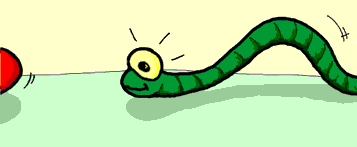
BACK

